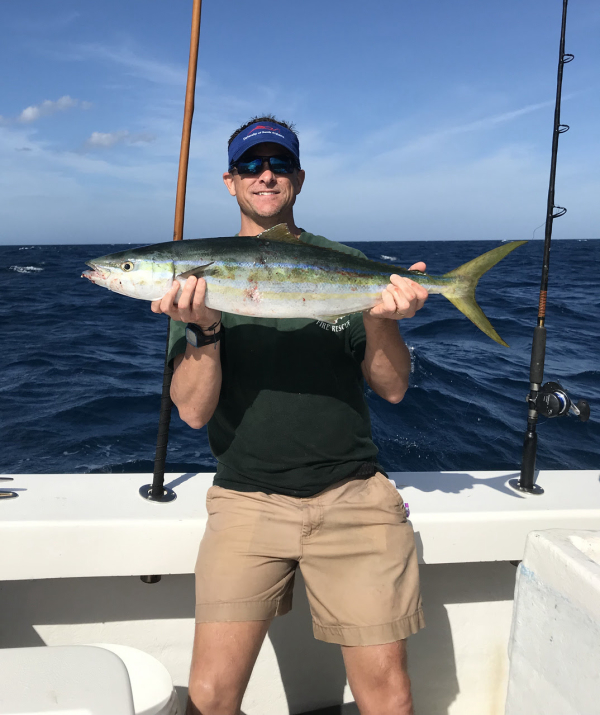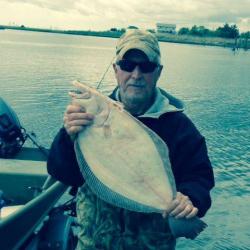Independence Day Reflection
Jim Shepherd
from The Fishing Wire
As we prepare to celebrate our national birthday, I’m reflecting proudly on our past, but as a gun owner and recreational shooter, I’m concerned for our future.
Last week, two Supreme Court opinions led one of their own members (more on that below) to accuse the Court of being “drunk on power.”
In a dissenting opinion on gay marriage, Justice Antonin Scalia broadened his dissent with an accusation that the Supreme Court was willingly undermining a fundamental principle of the American Revolution: “the (people’s) freedom to govern themselves”.
Scalia used a decision he described as “lacking even a thin veneer of law” to say the Court made “a naked judicial claim to legislative- indeed super legislative power; a claim fundamentally at odds with our system of government.”
Whatever your position on that issue, his words, which appeared very carefully chosen, should concern you.
He characterized the ruling as a “putsch”- a fighting word in most of the rest of the world. “Putsch” is the attempt to overthrow a government via suddenness and speed – a sneak attack.
Scalia and fellow dissenting Justice Clarence Thomas said the intent of the dissent was to “call attention to this Court’s threat to American democracy”.
For firearms owners, that’s warning of what is likely ahead. The landmark Heller opinion reaffirming our right to keep and bear arms was upheld by the narrowest of margins.
Today, that same court seems to be more likely to restrict gun owners than affirm their freedoms.
Before you write to indignantly remind me the 2A only recognizes a God-given right, realize this: today’s Washington is as fundamentally different from our founding fathers as the Houses of Parliament and monarchy from which they declared independence.
Justice Scalia says the Supreme Court has affirmed the right of the elite to decide what’s best for “the rest of us”. Last week it was health care and personal partners. Next time, it could be the right of firearms ownership.
The Court’s apparent willingness to decide law rather than follow it has many other smart people, principally those located outside Washington, equally concerned.
Today’s Supreme Court, as described by two of its own members, is highly unrepresentative of the people – and actively engaged in a “social transformation” of the country.
In fact, Scalia’s dissenting opinion characterized the entire Federal judiciary as “hardly a cross-section of America.”
Should enough of the “unrepresented America” decide enough is enough and act, Justices Scalia and Thomas may have unknowingly authored the catchphrase for yet another Declaration of Independence.
The first American revolution, Scalia wrote, represented the ultimate rejection of “taxation without representation”. He continued, saying “social transformation without representation” was equally intolerable.
That accurately describes the feeling of many across the nation as many elected officials, sworn to follow both the law and will of their constituents, do neither.
They’re joined at the hip with a mainstream media which agrees with their reshaping of America. With “the watchdog of liberty”- a free and unbiased media- transitioned to lap dog, news is no longer reported; it’s tailored to fit a particular narrative.
In short, our leaders no longer believe us smart enough to make our own decisions -so they’re making them for us.
That’s what makes Justice Scalia’s dissent both damning and frightening.
It’s damning in his enumeration of just how far government has distanced itself from the people.
It’s frightening because it indicates Washington no longer fears dissenters -even when they sit on our Supreme Court.
If you accept what Justice Scalia has written as accurate, many in government believe the rest of us to unwilling to suffer the discomfort associated with defending our core beliefs and national values. And they’ve suborned millions into agreeing with them by making it better to live on the dole than work.
Absent a dissenting Supreme Court and with the judicial branch already playing follow the leader, they really see nothing to rein in their remaking of our country as they think it should be.
A wealth of anti-gun legislation has already been introduced at the state and national levels this year.
It may look like more of the same knee-jerk legislation offered on the heels of other national tragedies.
But today’s legislative, executive and judicial branches are fundamentally different from those of only a few years ago.
As tens of thousands of New Yorkers have refused to comply with the mandated registration of their modern sporting rifles, legislators have seethed and are quietly looking for some way to compel their compliance.
With the non-compliance, these gun owners have essentially made themselves willing criminals. But the legislators appear uncertain as to how far they can push to enforce their legislation.That’s partially due to many law enforcement officials saying they won’t be part of some police action against otherwise law-abiding citizens.
Still, many of those elected officials would have no problem declaring firearms ownership as entirely illegal, or making gun ownership a disqualification for anything from holding a government job to opening a bank account or obtaining medical care.
We will still celebrate Independence Day 2015 at my home tomorrow, because we still have much to be thankful for.
But I hope you’ll take a few minutes to consider the thoughts I’ve been compelled- but uncomfortable-to write as a holiday message.
Examine your own family and your beliefs, then ask the same Creator whose guidance was petitioned by our founding fathers to give you a sign as to what each of us can – and should – do going forward.
God bless each of you – and, yes, God bless America.
As always, we’ll keep you posted.




